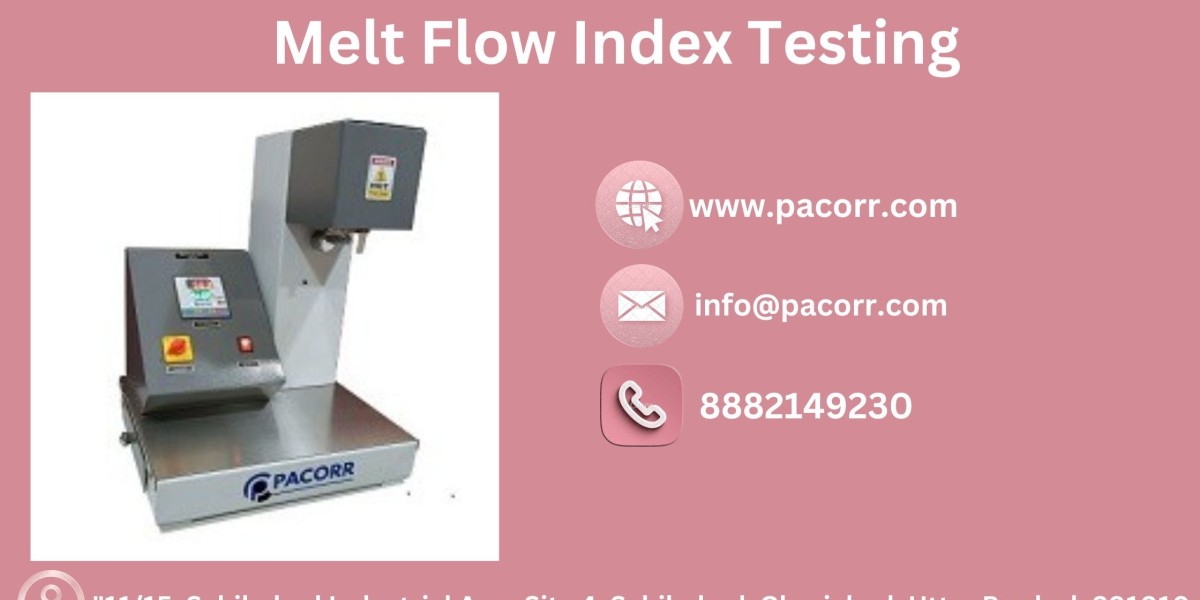Understanding the Melt Flow Index Tester: A Comprehensive Guide
In the world of polymer testing, understanding the flow properties of plastic materials is crucial for manufacturers, researchers, and quality control professionals. The Melt Flow Index (MFI) Tester is a key instrument used to measure the flow rate of melted plastic, providing valuable data that helps in determining the material's suitability for various applications. In this article, we will explore the importance of the Melt Flow Index Tester, how it works, and its applications in the industry.
What is Melt Flow Index (MFI)?
The Melt Flow Index, often abbreviated as MFI or MFR (Melt Flow Rate), is a measure of the rate at which a thermoplastic polymer melts and flows under a specified set of conditions. It is an essential parameter that reflects the viscosity of the polymer in its molten state. A higher MFI value indicates a lower viscosity, meaning the material flows more easily when melted, while a lower MFI suggests a higher viscosity and a more resistant flow.
Why is Melt Flow Index Important?
The MFI is a critical parameter in the polymer industry as it influences the processing conditions and the final properties of the plastic product. Here are a few reasons why MFI is important:
- Material Selection: By understanding the MFI of a material, manufacturers can choose the appropriate polymer for specific applications, ensuring the desired product characteristics.
- Quality Control: MFI testing is an integral part of quality control processes. It helps in detecting variations in the material that could affect the performance of the final product.
- Processing Conditions: The MFI provides insight into the processing behavior of the polymer. It helps in optimizing the extrusion and molding processes, leading to improved efficiency and product quality.
How Does the Melt Flow Index Tester Work?
The Melt Flow Index Testing operates by extruding a heated polymer through a narrow orifice under a specified load. The basic components and working principles are as follows:
- Heating Cylinder: The polymer sample is placed in a heated cylinder where it is melted at a predetermined temperature, usually specified by industry standards like ASTM D1238 or ISO 1133.
- Piston and Load: A piston applies a specific load on the melted polymer, forcing it through the orifice. The weight of the load and the temperature are crucial factors that must be precisely controlled.
- Capillary Orifice: The polymer is extruded through a narrow capillary orifice, and the amount of material that flows out in a given time is measured.
- Measurement: The flow rate is typically measured in grams per 10 minutes, which is the standard unit for MFI. The test results are used to calculate the MFI value, providing a quantitative measure of the material's flow properties.
Applications of the Melt Flow Index Tester
The Melt Flow Index Tester Price is widely used across various industries, including automotive, packaging, medical devices, and consumer goods. Here are some common applications:
- Polymer Production: MFI testing is crucial for polymer manufacturers to ensure that their products meet the required specifications for different applications.
- Injection Molding: In the injection molding process, MFI data helps in determining the optimal processing parameters, such as temperature and pressure, ensuring high-quality finished products.
- Extrusion: In extrusion processes, MFI testing is used to monitor and control the flow properties of the polymer, leading to consistent product quality.
- Quality Assurance: Many industries rely on MFI testing as part of their quality assurance protocols, ensuring that the materials used in production meet the necessary standards and specifications.
Conclusion
The Melt Flow Index Tester is an indispensable tool in the polymer industry, providing critical insights into the flow properties of thermoplastic materials. By accurately measuring the MFI, manufacturers can ensure that their products meet the desired quality standards, optimize processing conditions, and make informed decisions about material selection. As technology continues to evolve, the importance of precise and reliable MFI testing will only grow, making the Melt Flow Index Tester a cornerstone of modern polymer testing.







